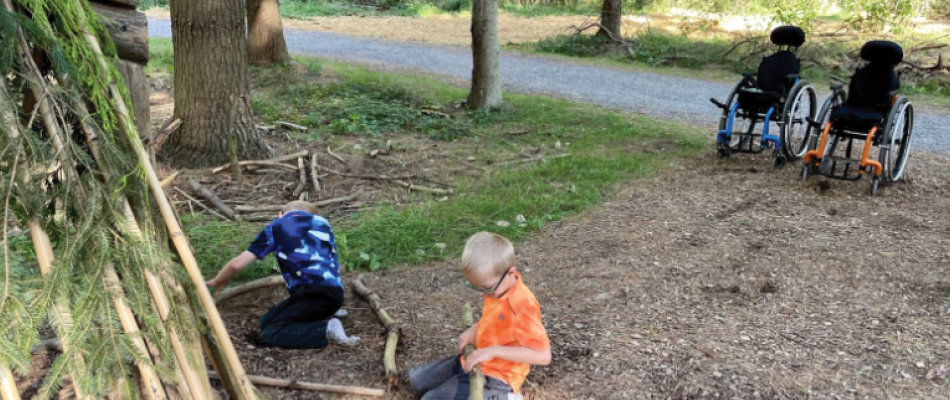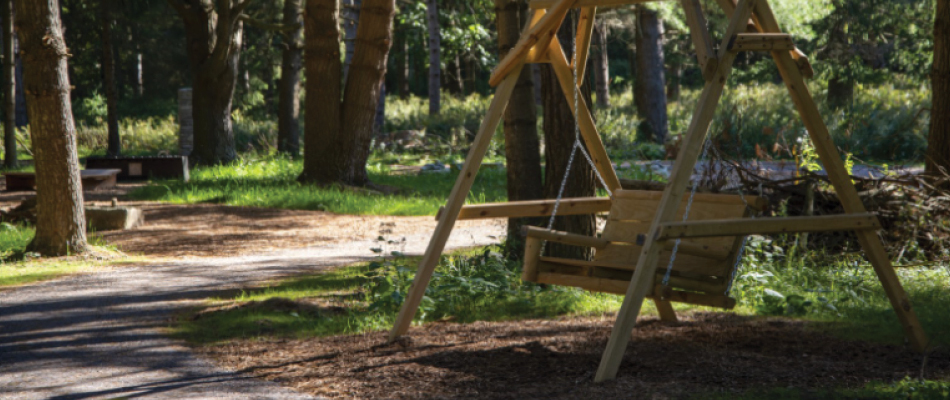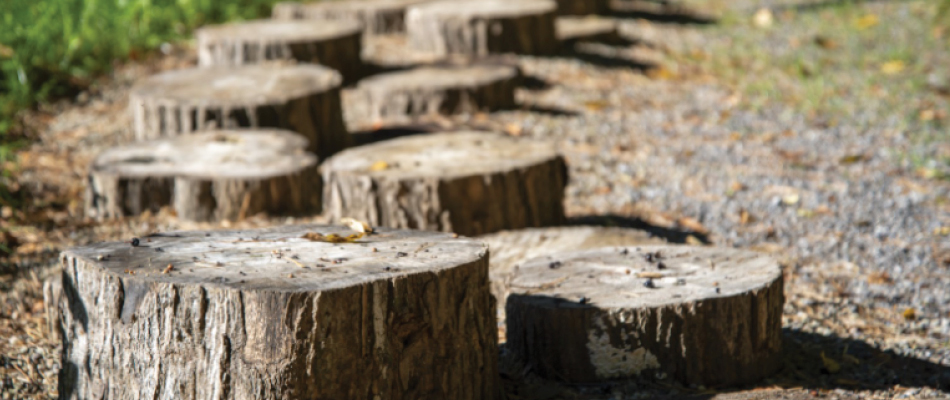 Some individuals who identify as neurodivergent may prefer trails with specific characteristics that reduce stimulation and increase ease of use.
Some individuals who identify as neurodivergent may prefer trails with specific characteristics that reduce stimulation and increase ease of use.

- Creating a trail loop can be a great way to create a predictable, safe trail.
- Consider using different surface materials to provide clear trail wayfinding, for example, the main loop trail is paved and the spur trail is gravel.
- Offer different modes of communication on signage, for example, text, icons, colour-coding and numbering.
- Use language that is clear and easy to understand.
- To reduce stimuli, use nature-inspired colours to reduce contrast with the environment. Try to avoid using bright colours that stand out.
- When designing features along the trail, use natural materials that blend in with their surroundings, such as logs and boulders for seating.
- Create quiet sitting areas away from the main trail so trail users can decompress in nature while becoming familiar with the sights and sounds of the environment.
- Consider creating different zones off the trail that encourage specific activities, for example, a play zone, a design zone, and a quiet zone.
- Create consistency, predictability and patterns along the trail, for example, signage at the same predictable location on different sections of trail.
Tip: Engage community members with lived experience and local organizations to participate in every stage of your project.

Visitors at the Design Zone at The Autism Nature Trail at Letchworth State Park, New York. Credit: Courtesy of The Autism Nature Trail

Photo taken near the Design Zone at The Autism Nature Trail at Letchworth State Park, New York, and shows a glider in an Alone Zone. Credit: Courtesy of The Autism Nature Trail

One of the features – uneven log rounds – at the Playful Path at The Autism Nature Trail at Letchworth State Park, New York. Great for building balance and coordination. Credit: Courtesy of Michael Grandeau, NYS OPRHP Photographer
(OPRHP = Office of Parks, Recreation and Historic Preservation)
To find out more about The Autism Nature Trail, please visit: www.autismnaturetrail.com






